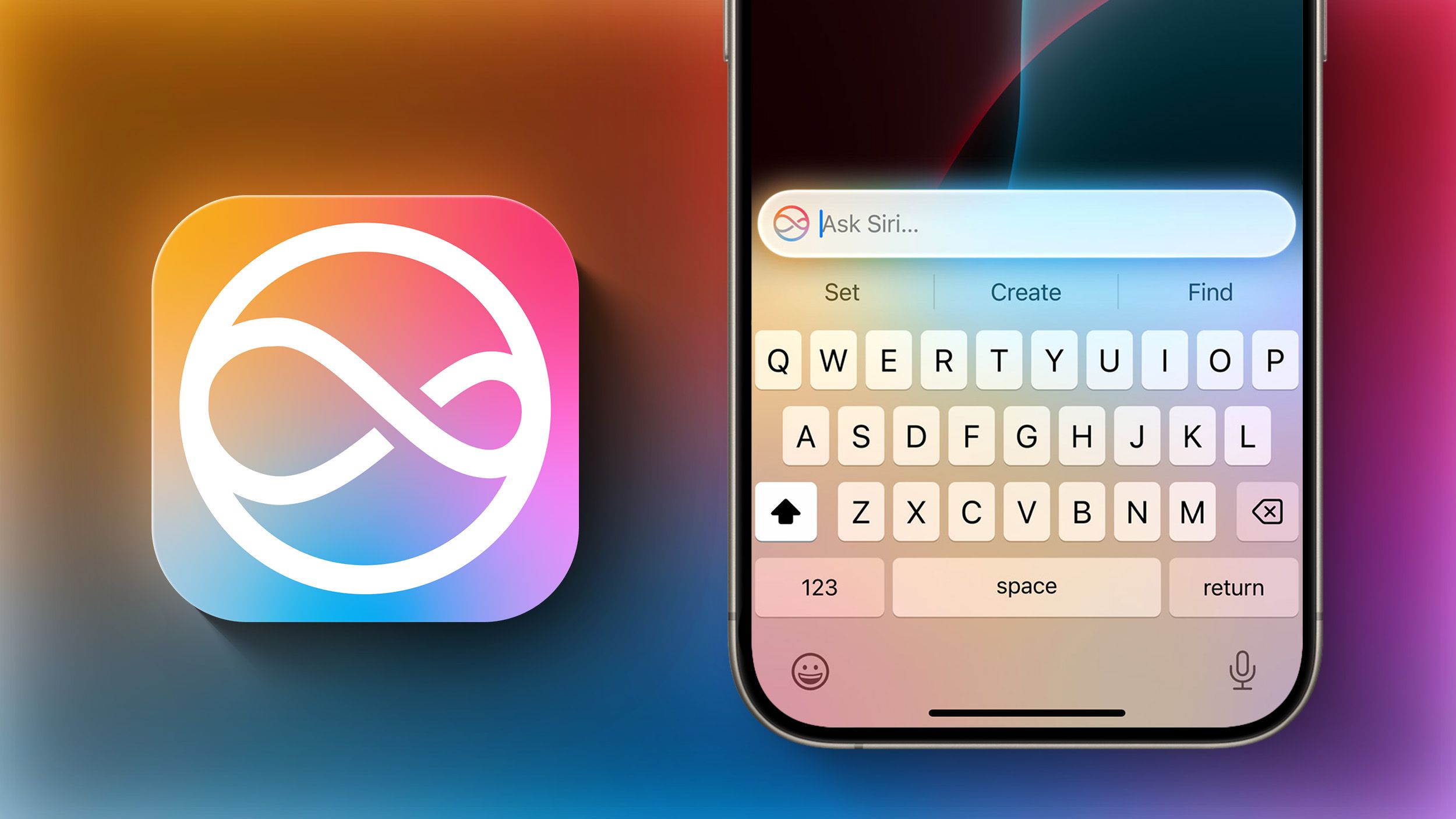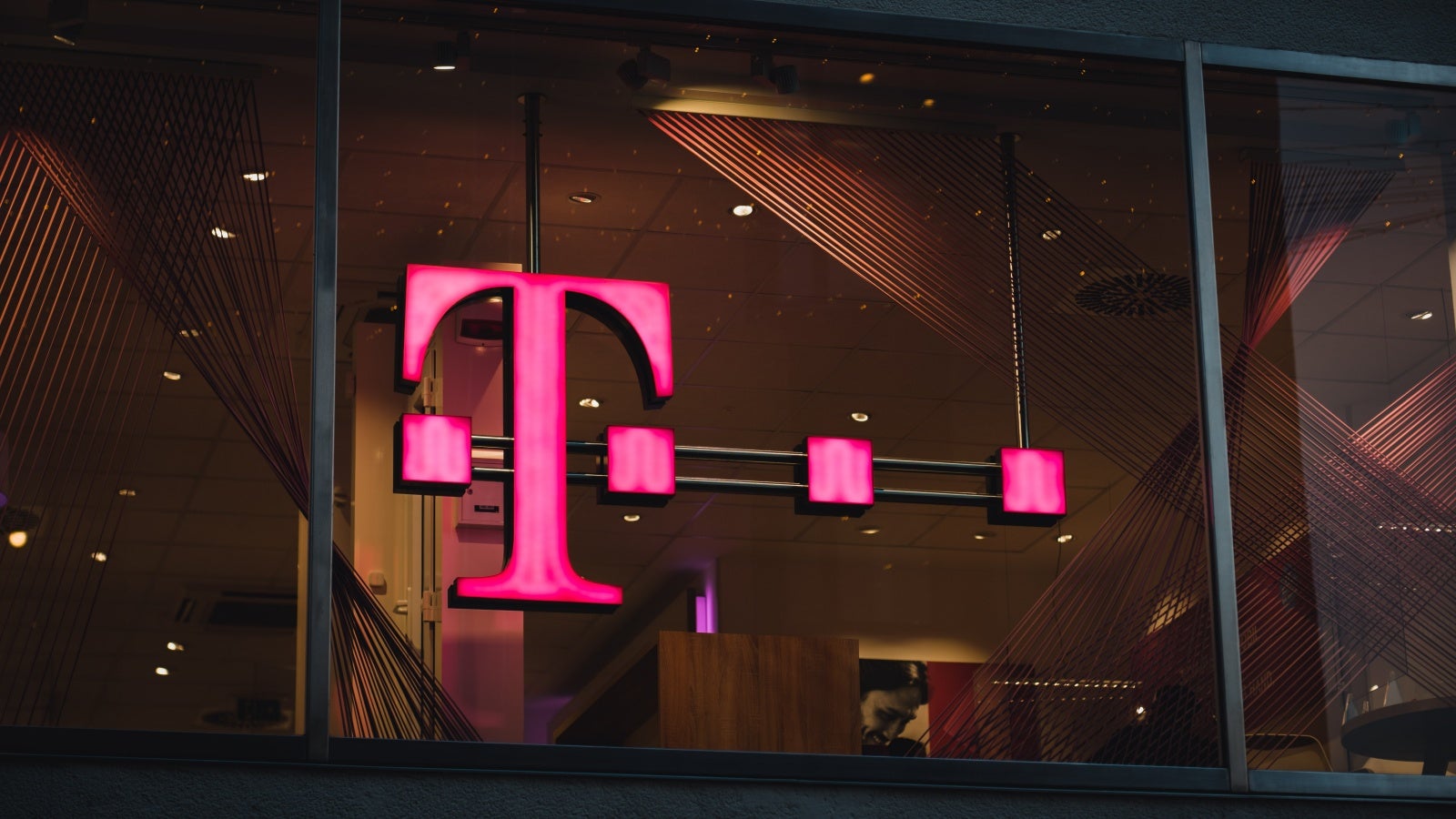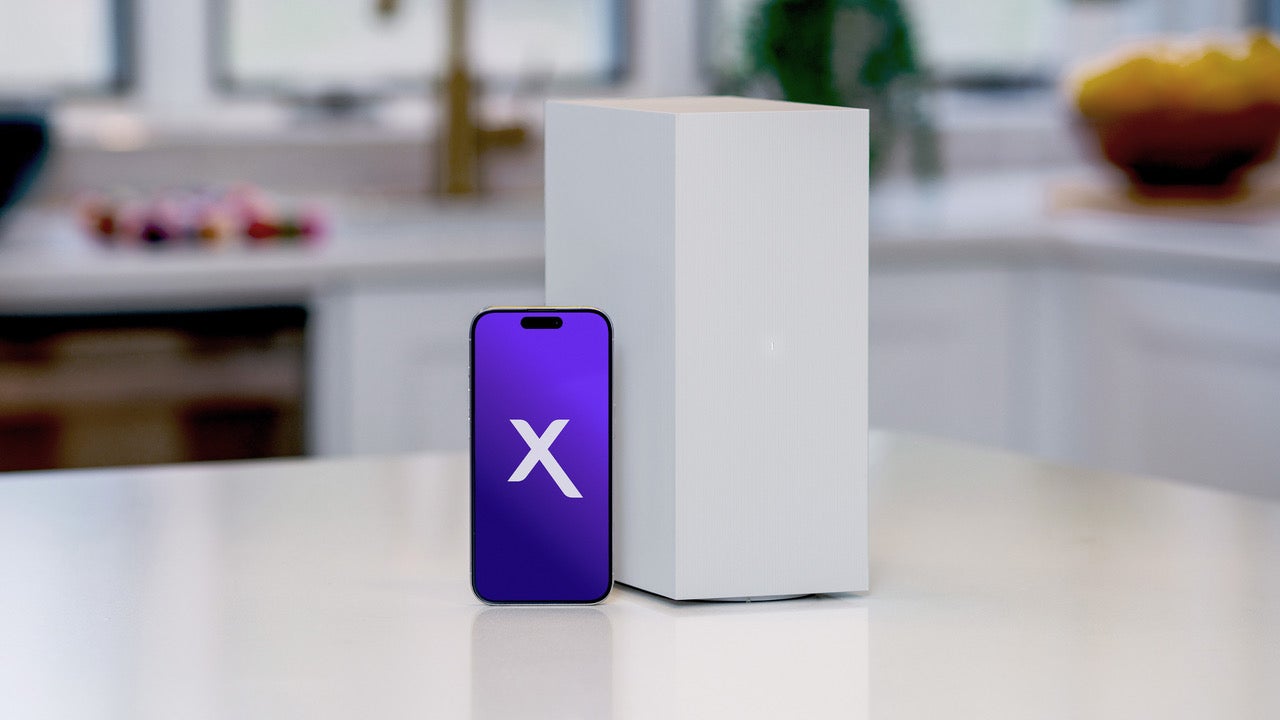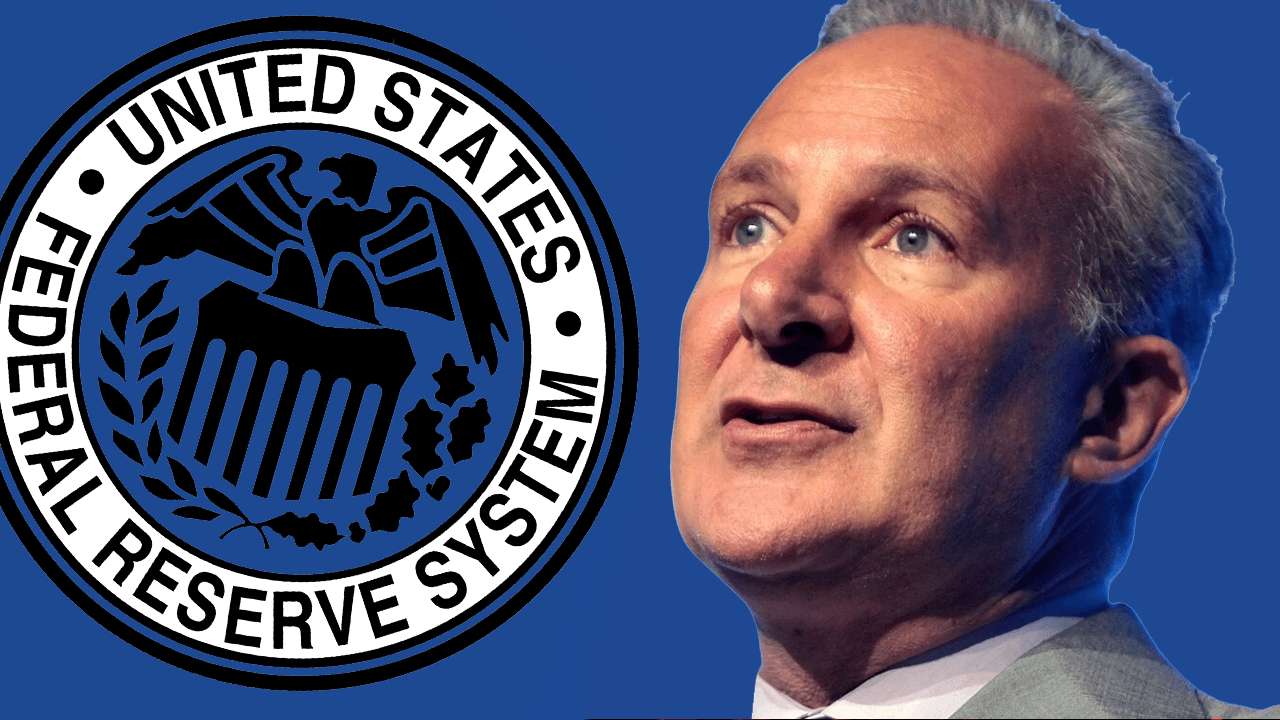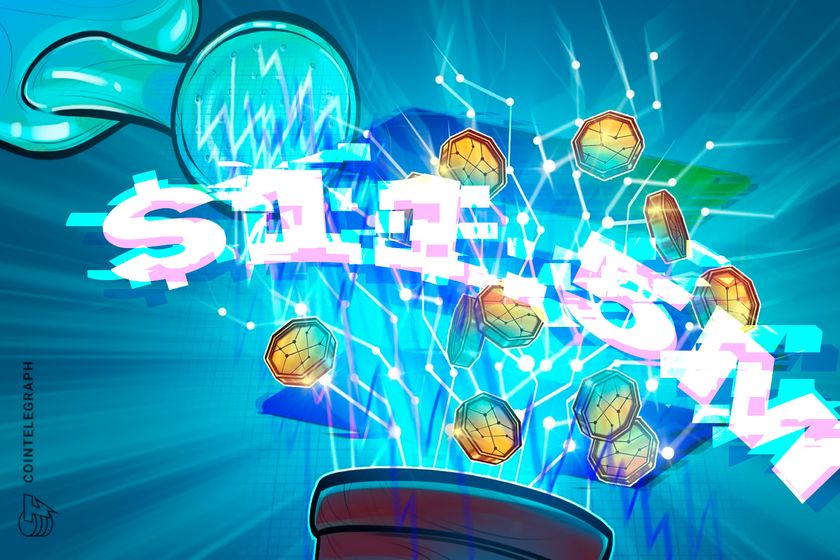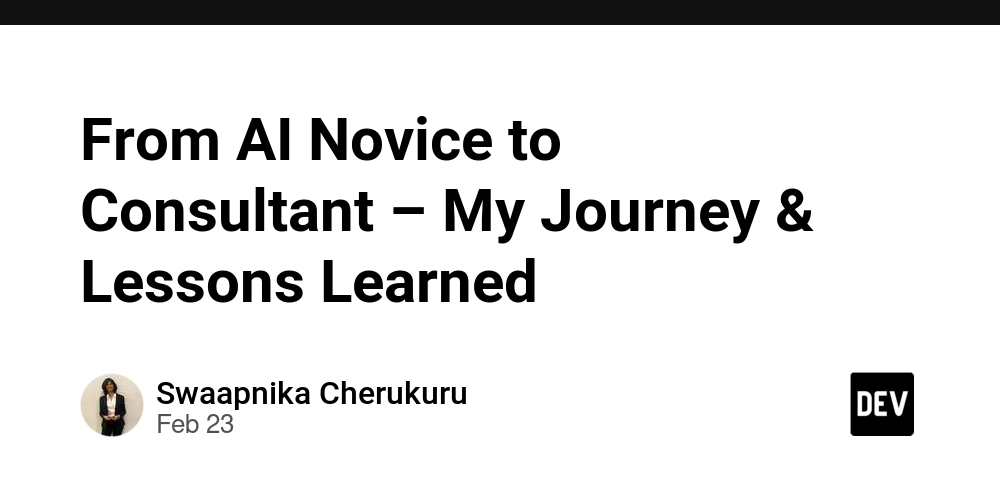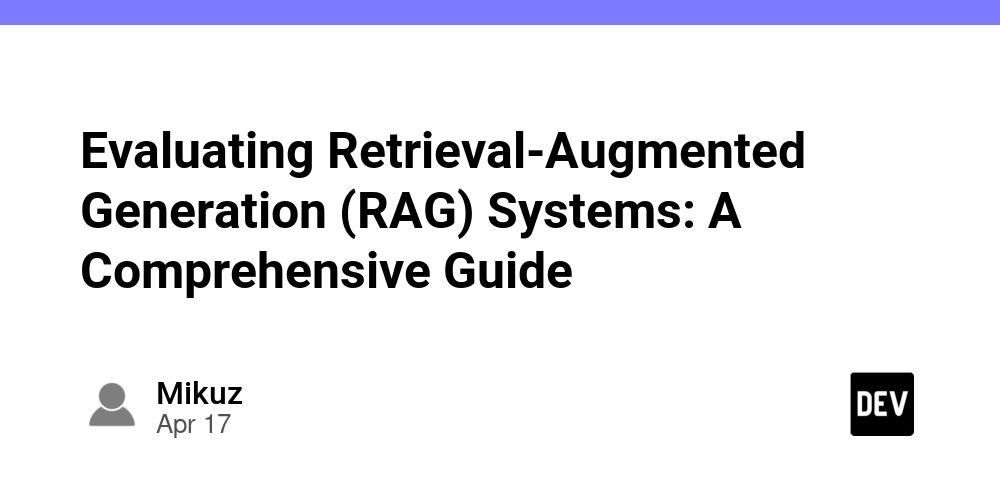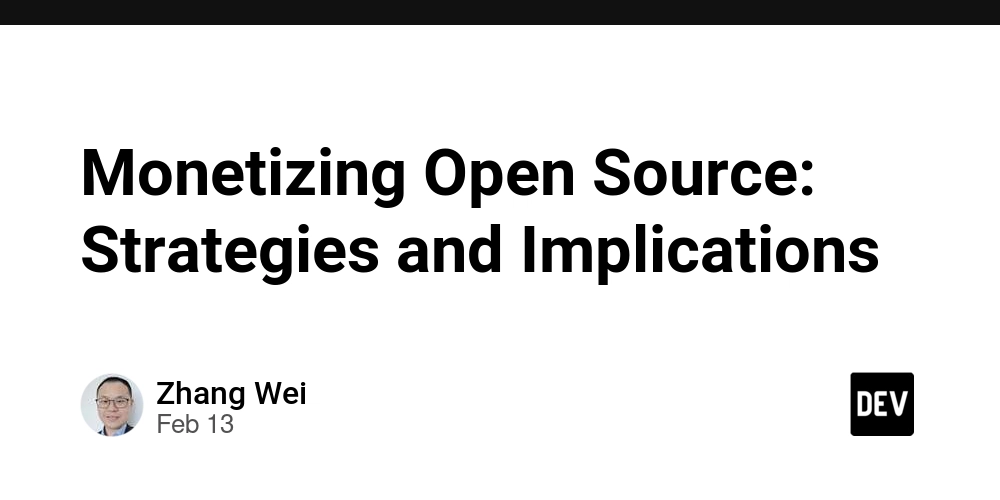My SaaS Emails Look Boring: That's Why They Work
Let me guess. You spent hours getting your launch email just right. The hero image looked perfect on desktop. The CTA button matched your brand color. The layout was tested across four email clients. You hit send... and got silence. I've been there. I used to obsess over every little visual detail in our product emails. I'd tweak colors, compress assets, double check spacing. The results? Barely any engagement. Worse, it made every email feel like a big deal something we could only send every few weeks at most. So I stopped. I ditched templates, visuals, and complex formatting. I started writing like a human being. Open rates went up. Replies came in. And I started having actual conversations with our users again. I'm now all in on plain text emails. I run a product called UserJot it's a feedback platform for SaaS teams and every email we send is plain text. Here's why plain text works better and how you can start using it today. People Read Emails From People Think about your own inbox. You'll ignore 95% of the "newsletter" emails you get. But when a friend or coworker sends you a one-line email? You read it. You probably reply, too. That's the power of plain text. It lowers the wall. It doesn't scream "marketing email." It feels personal. Intentional. Honest. Here's the kind of email I send now: Subject: Feature idea for you Hi Emily, We're testing a new way to group feedback by customer segment. Helps you quickly see what different user types are asking for. If you want early access, just reply to this and I'll enable it on your board. Thanks, Shayan No colors. No buttons. No footer full of links. Just a message. And that message got more replies than any polished campaign ever did. Plain Emails Aren't Ugly. They're Minimal. A lot of teams avoid plain text because they think it looks "unprofessional" or "unfinished." But minimal doesn't mean ugly. Plain emails are focused. Clean. Distraction-free. They highlight the content, not the container. In the same way a good landing page trims the fluff and gets to the point, a plain email respects the reader's time. It's easier to read, easier to digest, and feels more like a real conversation. Design has its place. But simplicity is a design choice too. You Can Send More Often (And It Feels Less Annoying) One of the best things about writing plain text emails is that it lowers the barrier to send. No waiting on design. No syncing with the next "campaign window." Just type and send. And because they feel personal, users don't mind receiving them more frequently. As long as it's relevant and respectful, people are fine getting a quick message that feels like it was written for them. Here's a simple example I used to follow up after a new signup: Subject: Need a hand? Hi Emily, Noticed you signed up yesterday. If you're trying to collect feedback from users but not sure where to start, I can help. Let me know how you're planning to use the board and I'll share a quick setup tip that works well. Cheers, Shayan Short. Helpful. Easy to reply to. These kinds of emails often lead to real conversations and insight into how people are using your product. It Performs Better (Even If It Looks "Worse") Since switching to plain emails at UserJot, I've consistently seen better results. They tend to land in the inbox more reliably, especially on Gmail. Spam filters are less aggressive with them. And users are more likely to actually read and engage. Even if you just care about numbers, plain text often wins. Litmus' 2024 State of Email found that plain text or text-forward emails were among the least likely to be flagged by Gmail's new deliverability filters especially when paired with proper authentication. But beyond deliverability, the real magic is in replies. Getting someone to click is nice. Getting them to talk to you? That's how products get better. You Can Experiment Faster Plain text emails are easy to write and even easier to change. Want to test a new subject line? Tweak it and send it to 100 users. Want to try a funny version vs a serious one? Write both. You're not locked into a rigid template. And because they're simpler, you get faster feedback on what's actually working. Here's one I used to test interest in a beta feature: Subject: Want early access? Hi Emily, We've been working on a way to auto-tag feedback based on keywords and sentiment. It's not public yet, but I can turn it on for your account if you're curious. It might save you a lot of manual cleanup. Just reply and I'll flip the switch. Thanks, Shayan No need for a landing page. No formal announcement. Just a soft ping to gauge interest. It worked better than any official beta signup form I've ever used. You're Not a Fortune 500 Brand Big brands can afford to send beautifully designed emails because they're not expecting replies. They want you to click a product link, not talk
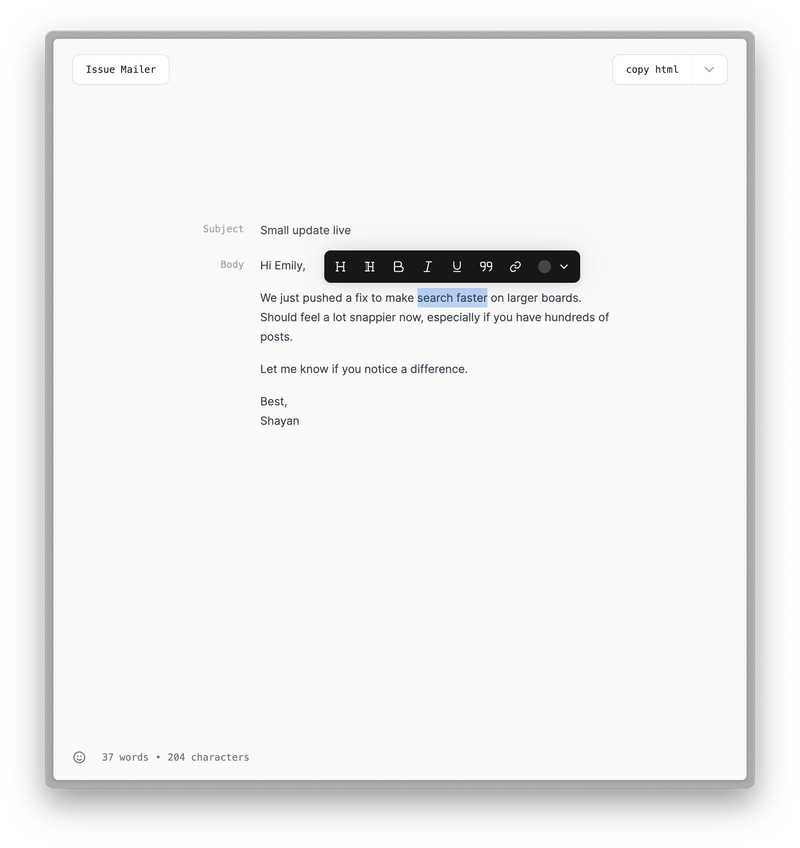
Let me guess.
You spent hours getting your launch email just right. The hero image looked perfect on desktop. The CTA button matched your brand color. The layout was tested across four email clients. You hit send... and got silence.
I've been there. I used to obsess over every little visual detail in our product emails. I'd tweak colors, compress assets, double check spacing. The results? Barely any engagement. Worse, it made every email feel like a big deal something we could only send every few weeks at most.
So I stopped.
I ditched templates, visuals, and complex formatting.
I started writing like a human being.
Open rates went up. Replies came in. And I started having actual conversations with our users again.
I'm now all in on plain text emails. I run a product called UserJot it's a feedback platform for SaaS teams and every email we send is plain text.
Here's why plain text works better and how you can start using it today.
People Read Emails From People
Think about your own inbox. You'll ignore 95% of the "newsletter" emails you get. But when a friend or coworker sends you a one-line email? You read it. You probably reply, too.
That's the power of plain text. It lowers the wall. It doesn't scream "marketing email." It feels personal. Intentional. Honest.
Here's the kind of email I send now:
Subject: Feature idea for you
Hi Emily,
We're testing a new way to group feedback by customer segment. Helps you quickly see what different user types are asking for.
If you want early access, just reply to this and I'll enable it on your board.
Thanks,
Shayan
No colors. No buttons. No footer full of links. Just a message. And that message got more replies than any polished campaign ever did.
Plain Emails Aren't Ugly. They're Minimal.
A lot of teams avoid plain text because they think it looks "unprofessional" or "unfinished." But minimal doesn't mean ugly.
Plain emails are focused. Clean. Distraction-free. They highlight the content, not the container.
In the same way a good landing page trims the fluff and gets to the point, a plain email respects the reader's time. It's easier to read, easier to digest, and feels more like a real conversation.
Design has its place. But simplicity is a design choice too.
You Can Send More Often (And It Feels Less Annoying)
One of the best things about writing plain text emails is that it lowers the barrier to send. No waiting on design. No syncing with the next "campaign window." Just type and send.
And because they feel personal, users don't mind receiving them more frequently. As long as it's relevant and respectful, people are fine getting a quick message that feels like it was written for them.
Here's a simple example I used to follow up after a new signup:
Subject: Need a hand?
Hi Emily,
Noticed you signed up yesterday. If you're trying to collect feedback from users but not sure where to start, I can help.
Let me know how you're planning to use the board and I'll share a quick setup tip that works well.
Cheers,
Shayan
Short. Helpful. Easy to reply to. These kinds of emails often lead to real conversations and insight into how people are using your product.
It Performs Better (Even If It Looks "Worse")
Since switching to plain emails at UserJot, I've consistently seen better results. They tend to land in the inbox more reliably, especially on Gmail. Spam filters are less aggressive with them. And users are more likely to actually read and engage.
Even if you just care about numbers, plain text often wins.
Litmus' 2024 State of Email found that plain text or text-forward emails were among the least likely to be flagged by Gmail's new deliverability filters especially when paired with proper authentication.
But beyond deliverability, the real magic is in replies. Getting someone to click is nice. Getting them to talk to you? That's how products get better.
You Can Experiment Faster
Plain text emails are easy to write and even easier to change. Want to test a new subject line? Tweak it and send it to 100 users. Want to try a funny version vs a serious one? Write both. You're not locked into a rigid template.
And because they're simpler, you get faster feedback on what's actually working.
Here's one I used to test interest in a beta feature:
Subject: Want early access?
Hi Emily,
We've been working on a way to auto-tag feedback based on keywords and sentiment. It's not public yet, but I can turn it on for your account if you're curious.
It might save you a lot of manual cleanup.
Just reply and I'll flip the switch.
Thanks,
Shayan
No need for a landing page. No formal announcement. Just a soft ping to gauge interest. It worked better than any official beta signup form I've ever used.
You're Not a Fortune 500 Brand
Big brands can afford to send beautifully designed emails because they're not expecting replies. They want you to click a product link, not talk back.
But if you're building a SaaS product especially early on you do want replies. You want conversations. You want feedback. You want your users to feel like they know who's behind the product.
Here's one of my favorite types of emails to send after shipping a small improvement:
Subject: Small update live
Hi Emily,
We just pushed a fix to make search faster on larger boards. Should feel a lot snappier now, especially if you have hundreds of posts.
Let me know if you notice a difference.
Best,
Shayan
You'd be surprised how many people write back to say "just tested it it's way better." That kind of validation helps your team feel the impact of small wins.
How to Switch to Plain Emails in 15 Minutes
- Send multipart emails (HTML and plain) to satisfy clients like Apple Mail.
- Use a real name in the "From" field not a brand or team alias.
- Keep subject lines short and front-load the value.
- Configure your domain with SPF, DKIM, and DMARC to improve deliverability.
- Include a List-Unsubscribe header to avoid promotions or spam folders.
- Test with a small segment first, then scale gradually.
To make this easier, I built a tiny free tool called IssueMailer it's a super minimal editor for writing clean, text-only emails. You can preview your message, copy the HTML or plain text, and paste it right into your email tool. No clutter, no code, just words.
Where Plain Text Works Best
Not every email has to be plain. But most of the important ones should be.
It works especially well for:
- Feature announcements
- Product updates
- Onboarding and activation nudges
- Asking for feedback
- Beta invites
- Churn recovery
- Personal check-ins
In short: if you're trying to start a conversation, plain text is your best friend.
Final Thoughts
At UserJot, plain emails helped us stop treating email like a campaign and start treating it like a conversation. That shift made a huge difference in how users responded and how we built features.
Plain doesn't mean lazy. And it definitely doesn't mean ugly.
It means focused. Intentional. Clear.
Your users don't care about your formatting. They care about what you're saying and whether it matters to them.
Try sending one plain text email this week. Make it short, helpful, and written like a real person.
If you do, let me know how it goes. I'd love to hear what happens. And if you're looking for a customer feedback tool for your SaaS, UserJot is free to try.






















































.jpg)





















































































































![[The AI Show Episode 144]: ChatGPT’s New Memory, Shopify CEO’s Leaked “AI First” Memo, Google Cloud Next Releases, o3 and o4-mini Coming Soon & Llama 4’s Rocky Launch](https://www.marketingaiinstitute.com/hubfs/ep%20144%20cover.png)


















































































































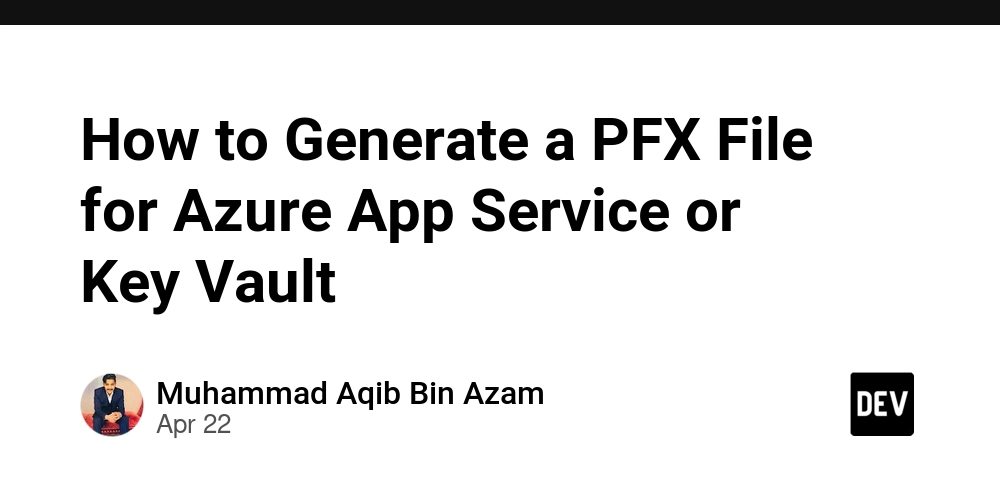





































![BPMN-procesmodellering [closed]](https://i.sstatic.net/l7l8q49F.png)

























































































-All-will-be-revealed-00-35-05.png?width=1920&height=1920&fit=bounds&quality=70&format=jpg&auto=webp#)
-All-will-be-revealed-00-17-36.png?width=1920&height=1920&fit=bounds&quality=70&format=jpg&auto=webp#)
-Jack-Black---Steve's-Lava-Chicken-(Official-Music-Video)-A-Minecraft-Movie-Soundtrack-WaterTower-00-00-32_lMoQ1fI.png?width=1920&height=1920&fit=bounds&quality=70&format=jpg&auto=webp#)

























_Weyo_alamy.png?width=1280&auto=webp&quality=80&disable=upscale#)







































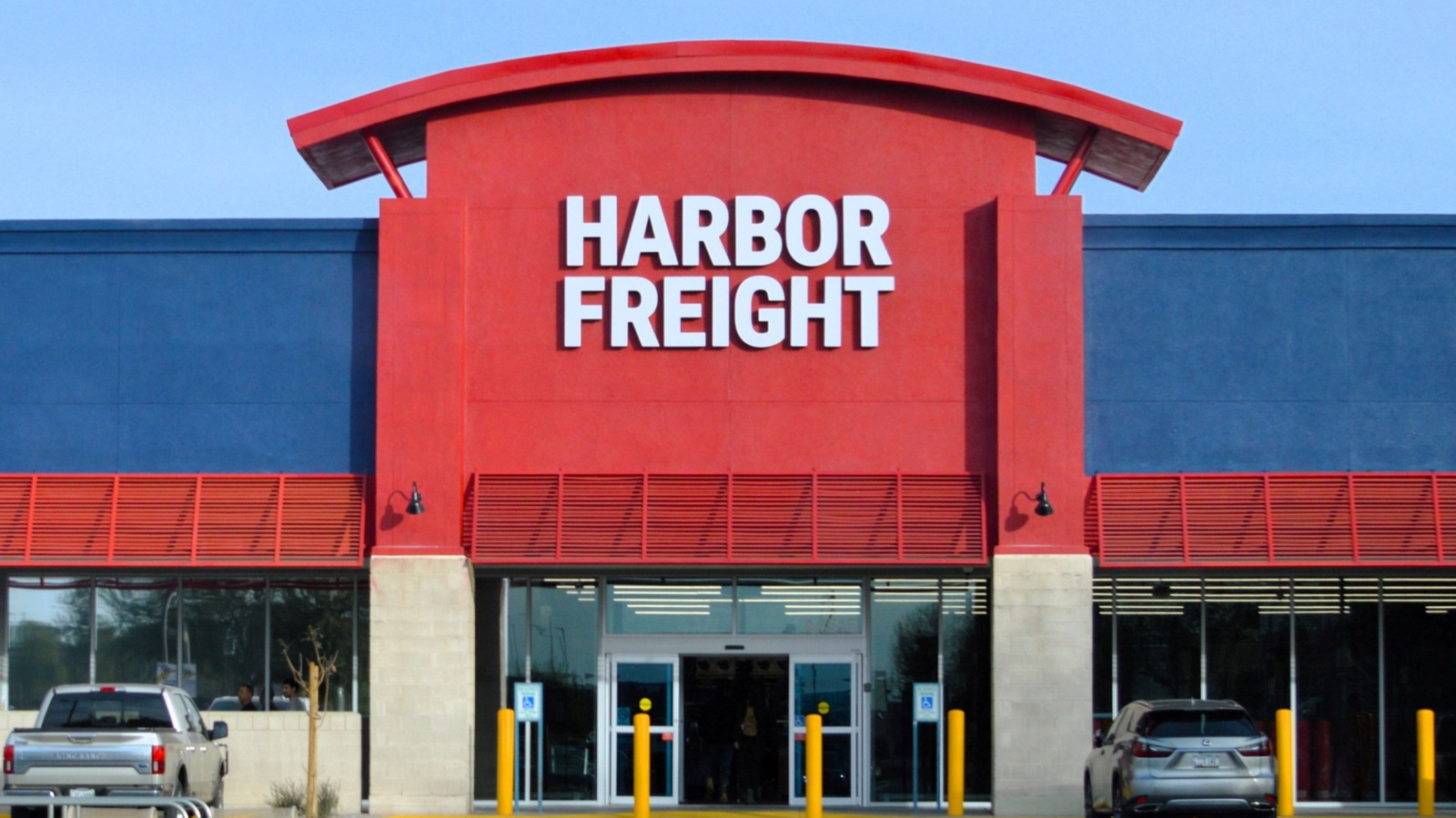

































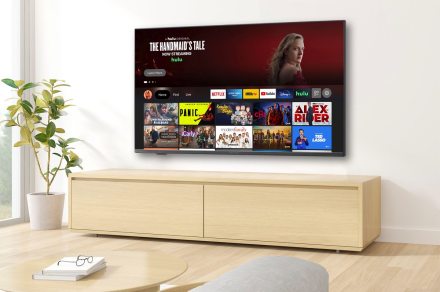





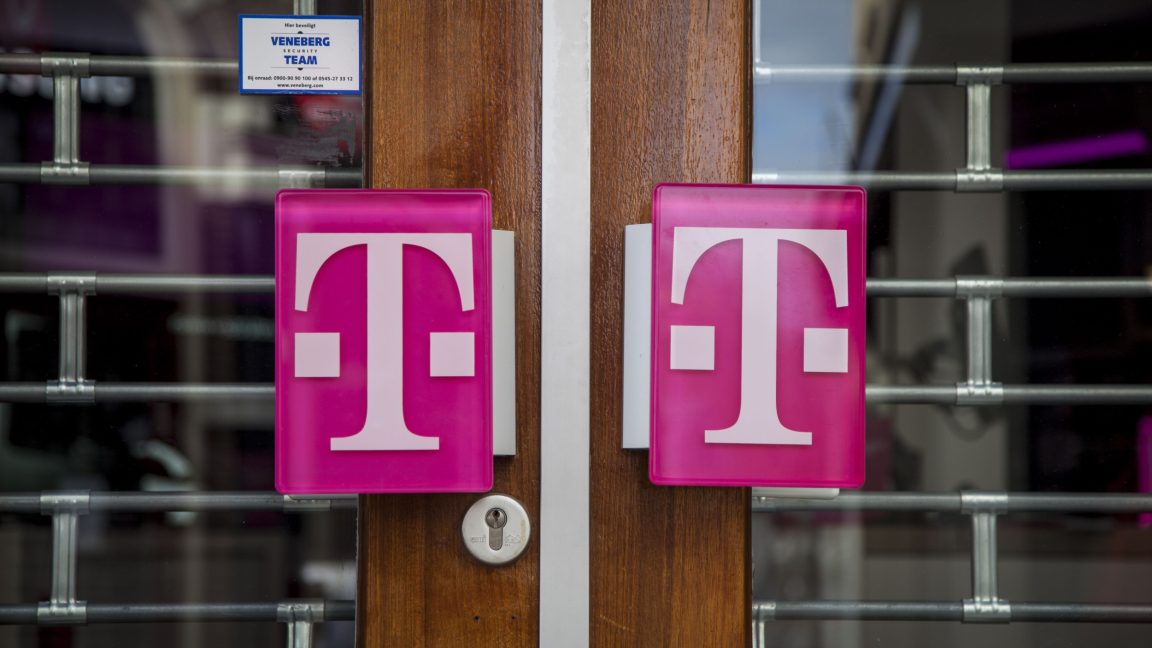





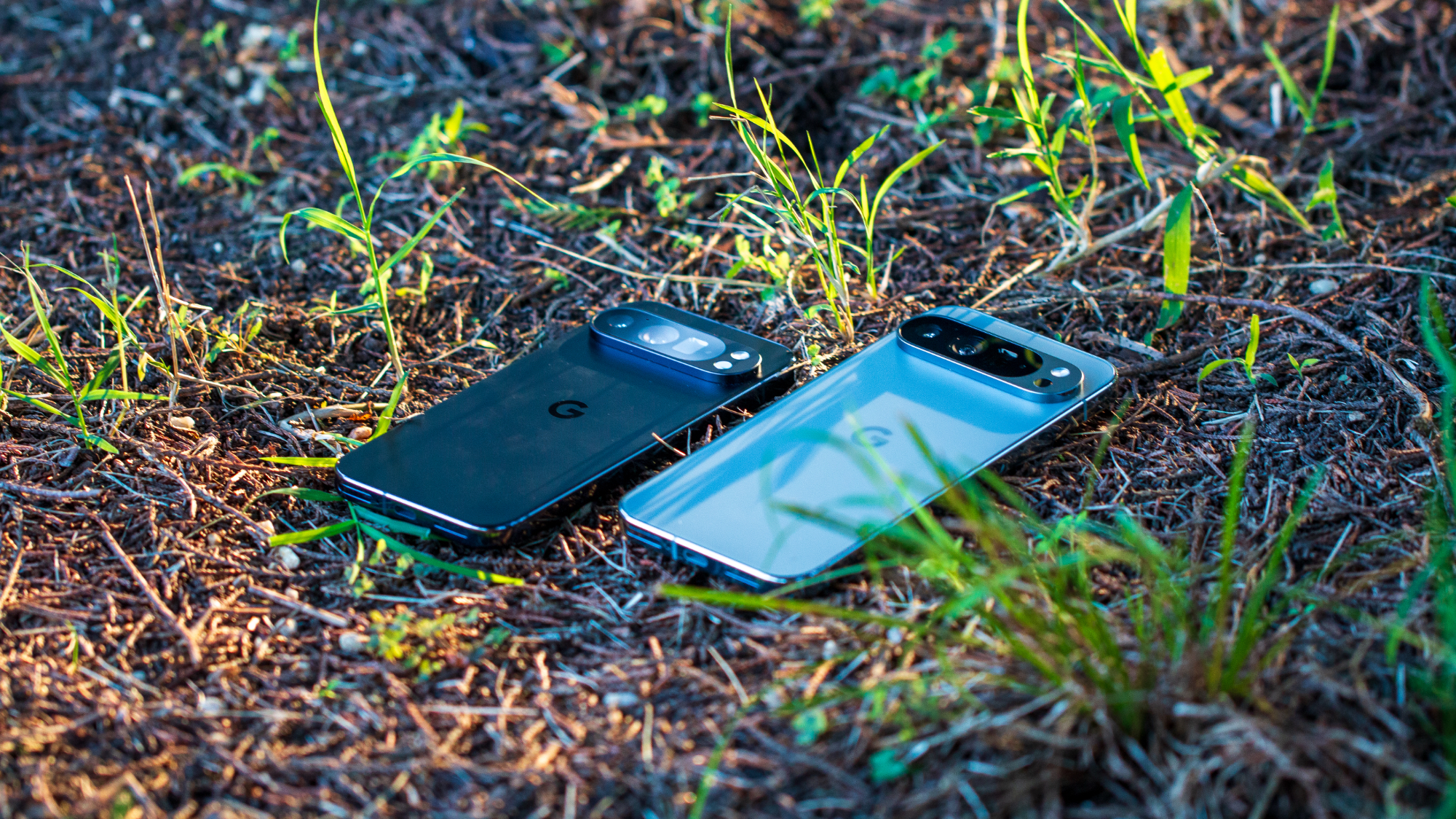
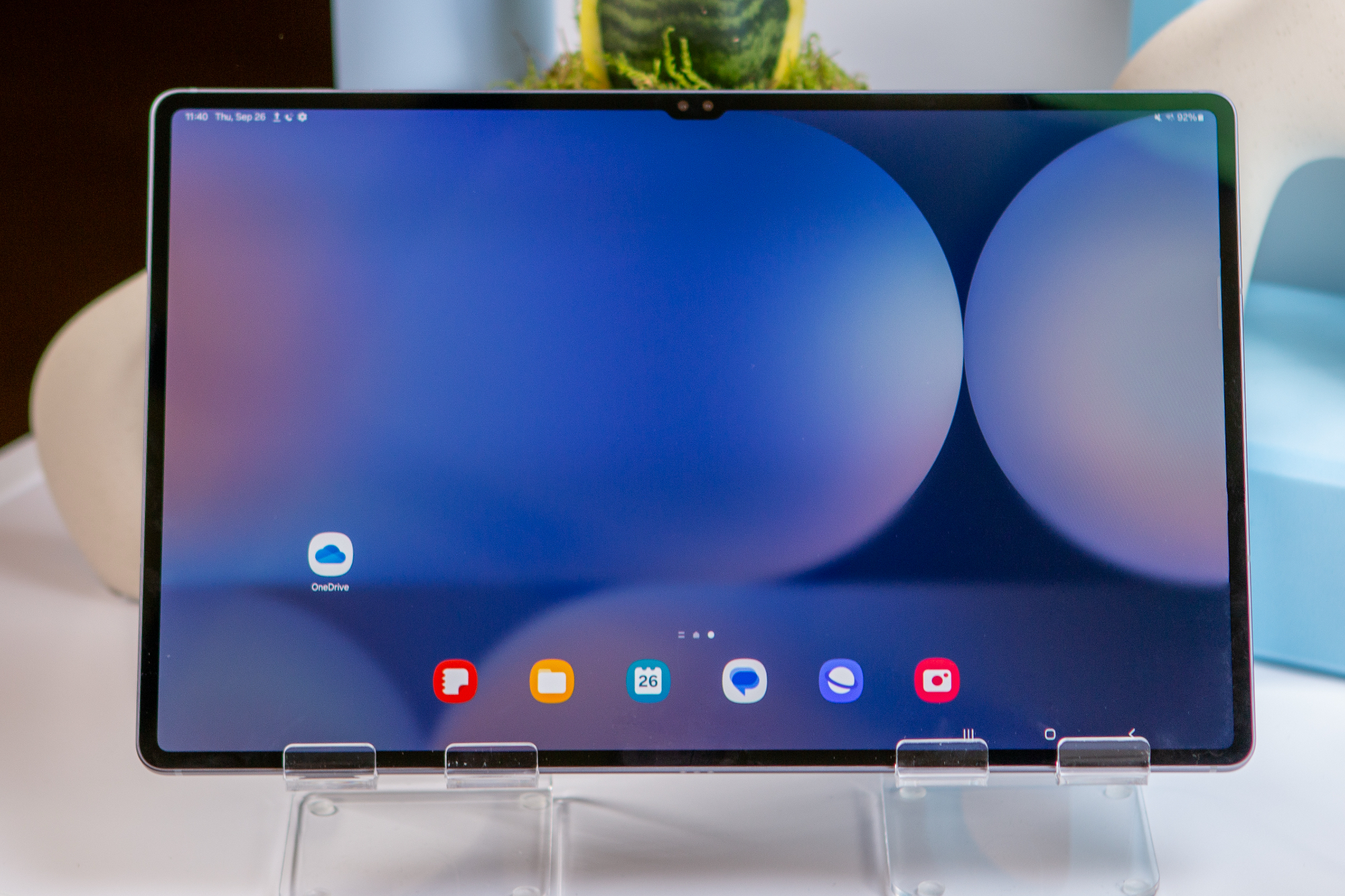
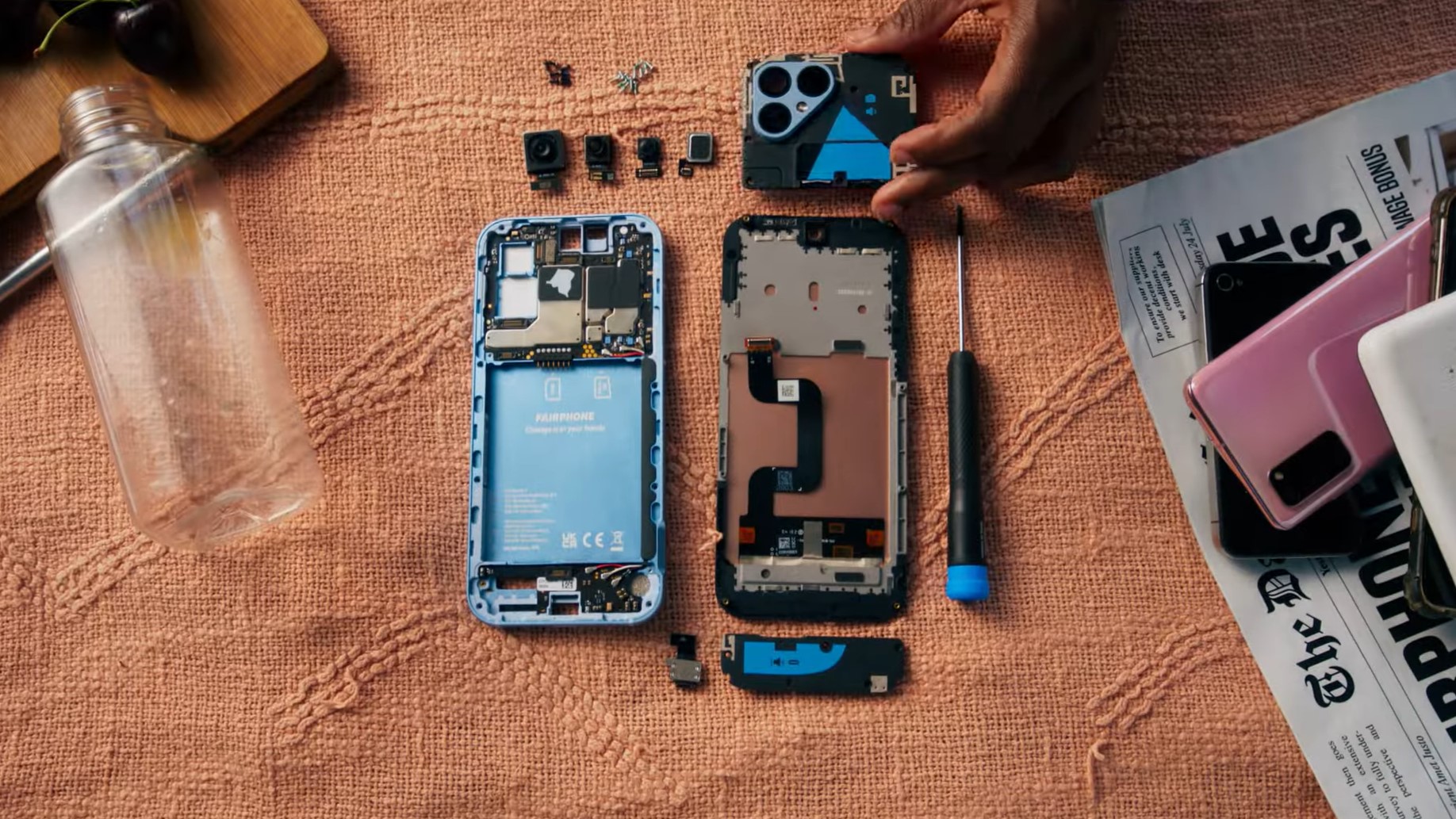

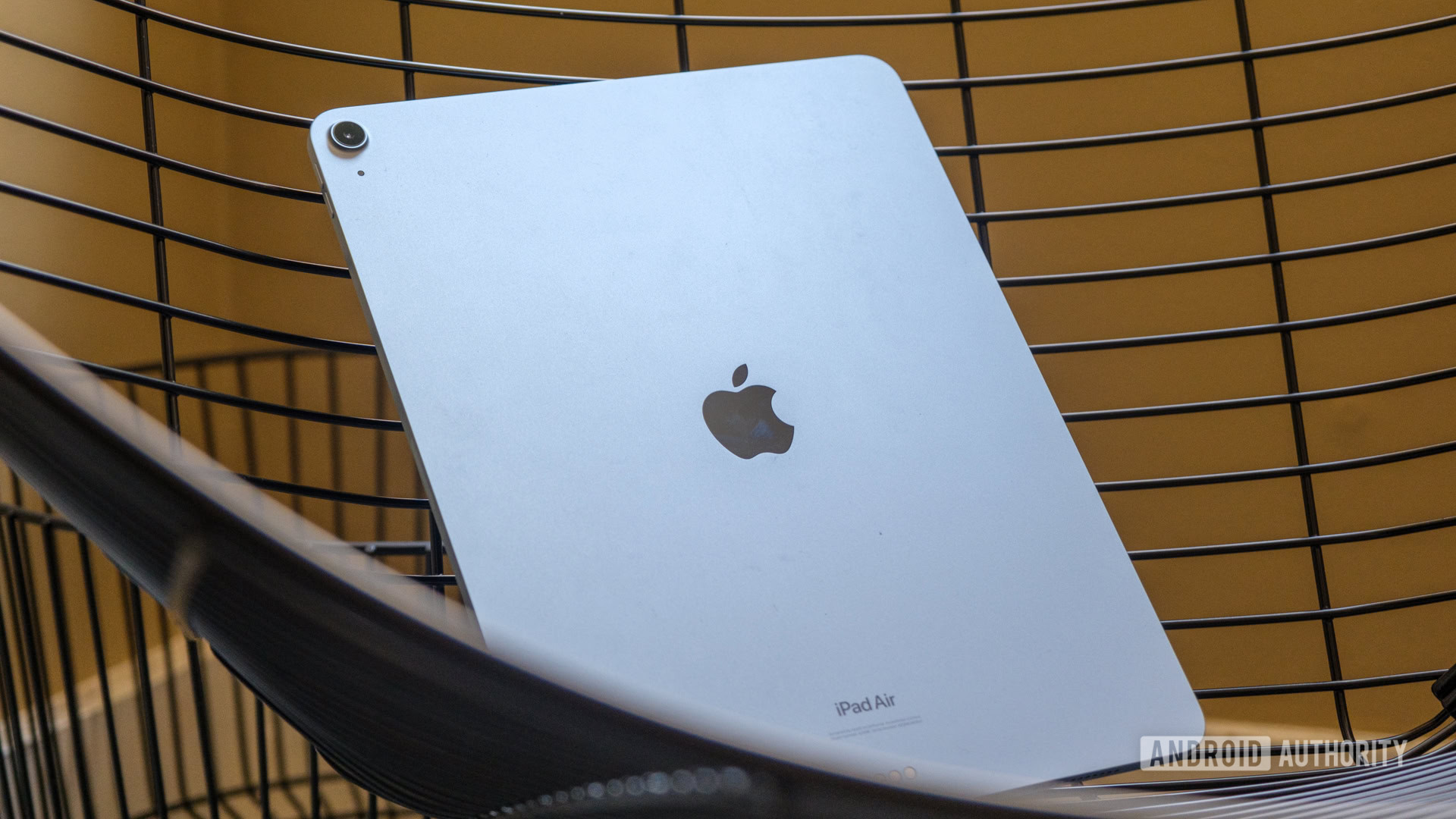
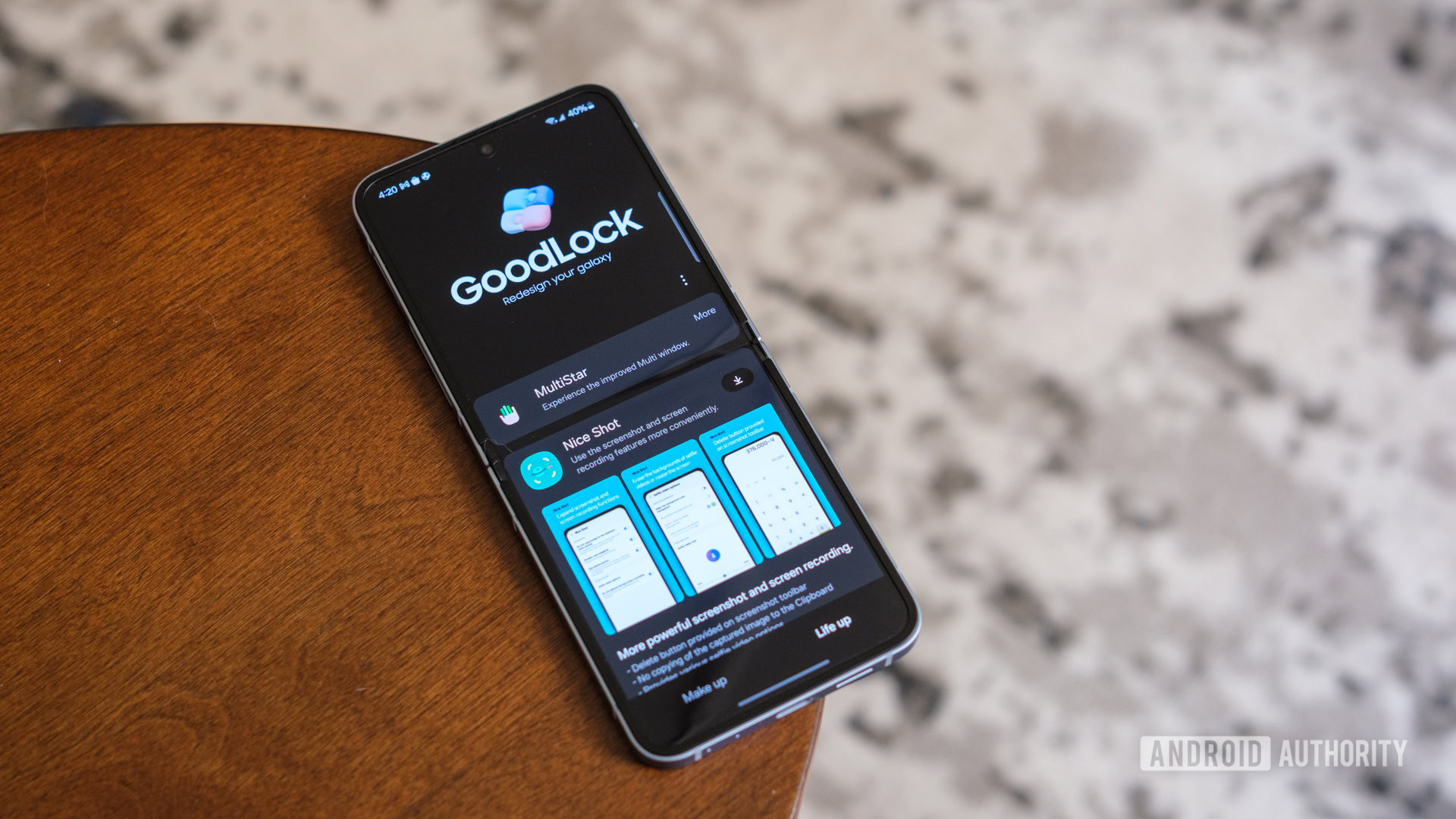
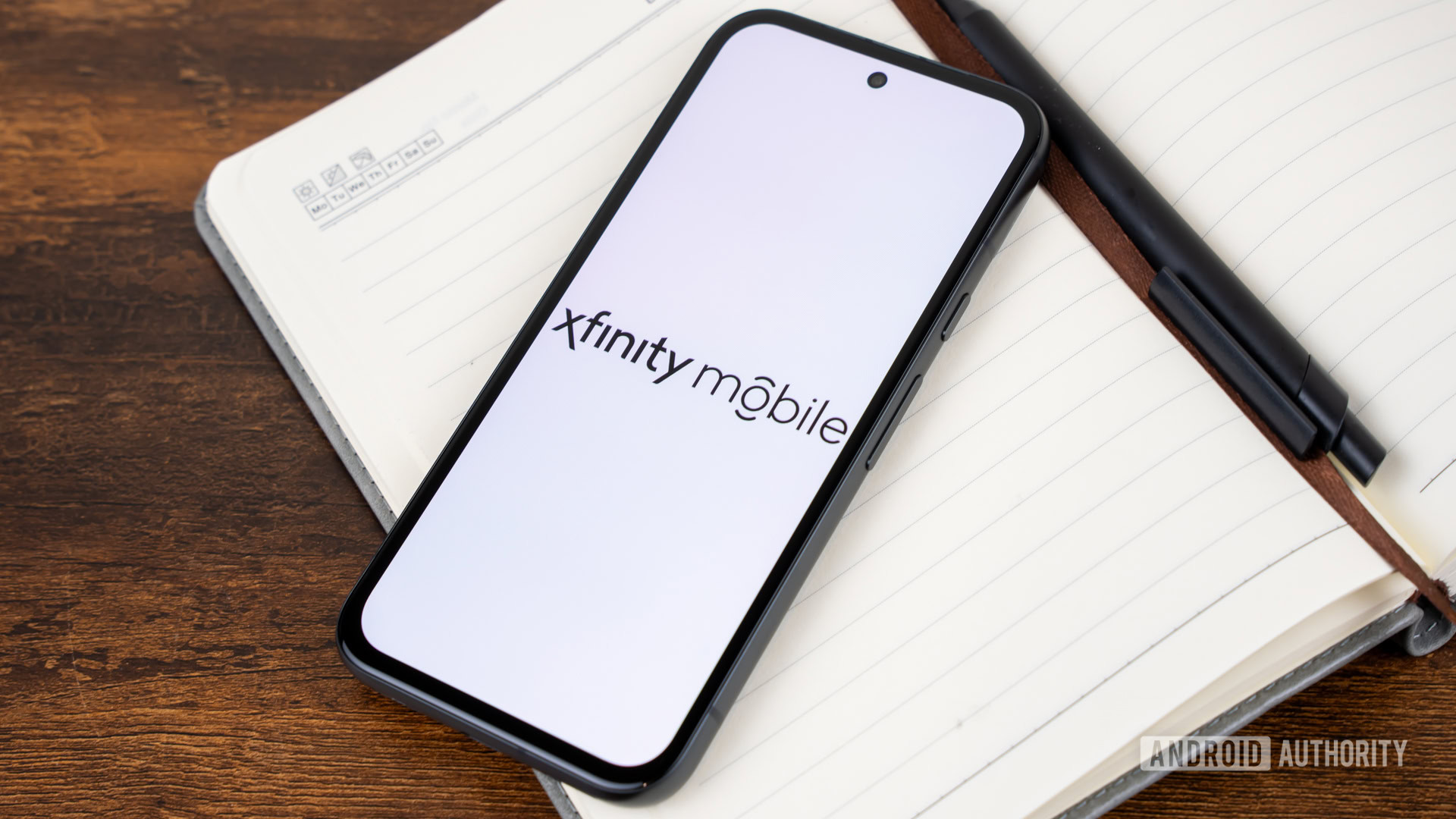
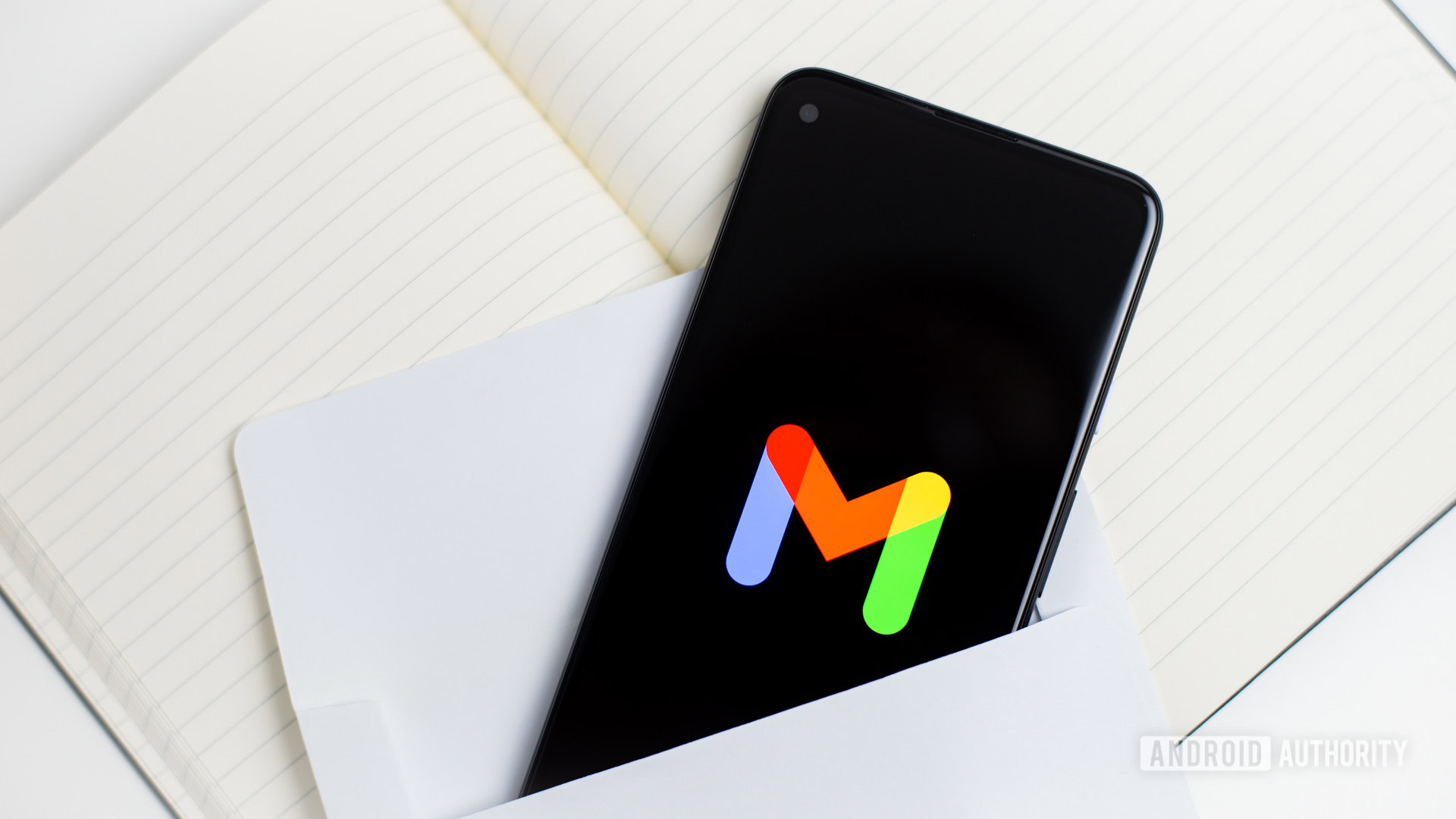

![What iPhone 17 model are you most excited to see? [Poll]](https://9to5mac.com/wp-content/uploads/sites/6/2025/04/iphone-17-pro-sky-blue.jpg?quality=82&strip=all&w=290&h=145&crop=1)

















![Hands-On With 'iPhone 17 Air' Dummy Reveals 'Scary Thin' Design [Video]](https://www.iclarified.com/images/news/97100/97100/97100-640.jpg)
![Mike Rockwell is Overhauling Siri's Leadership Team [Report]](https://www.iclarified.com/images/news/97096/97096/97096-640.jpg)
![Instagram Releases 'Edits' Video Creation App [Download]](https://www.iclarified.com/images/news/97097/97097/97097-640.jpg)
![Inside Netflix's Rebuild of the Amsterdam Apple Store for 'iHostage' [Video]](https://www.iclarified.com/images/news/97095/97095/97095-640.jpg)








































